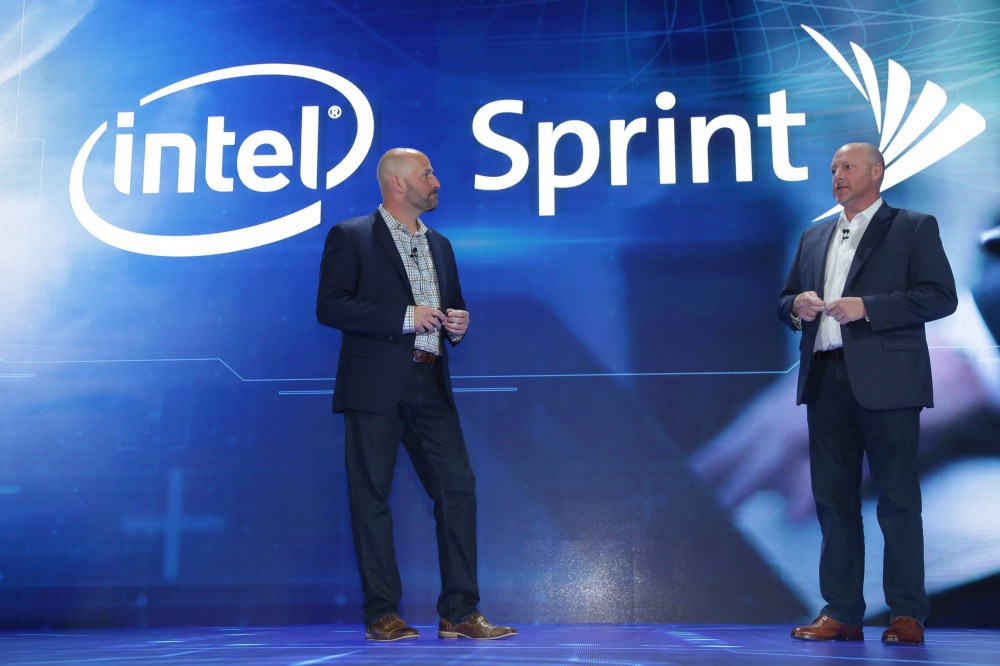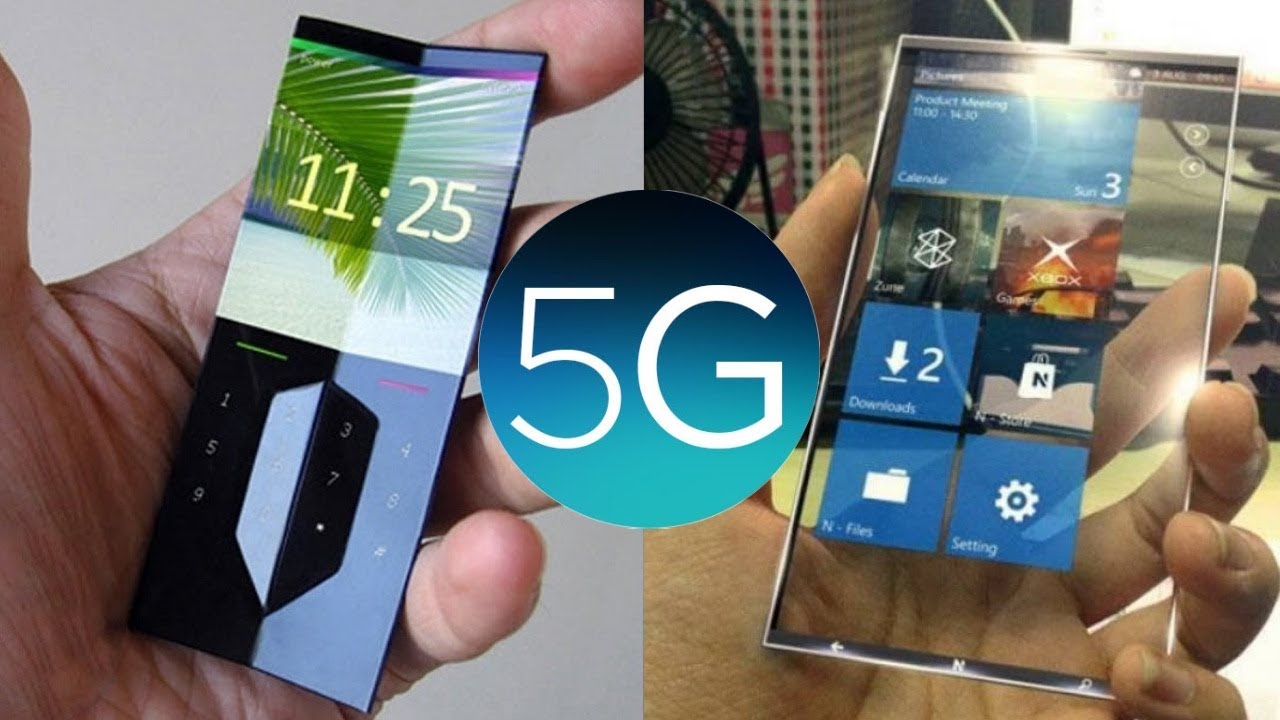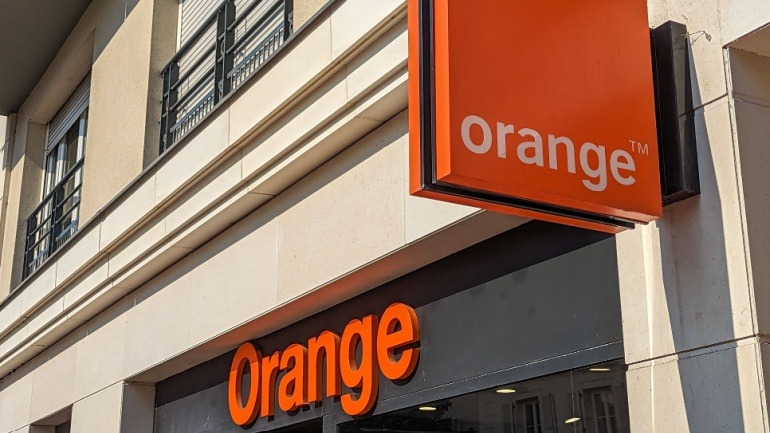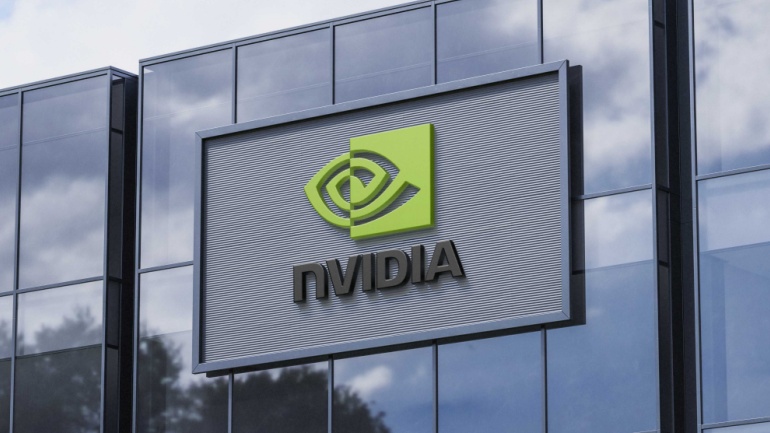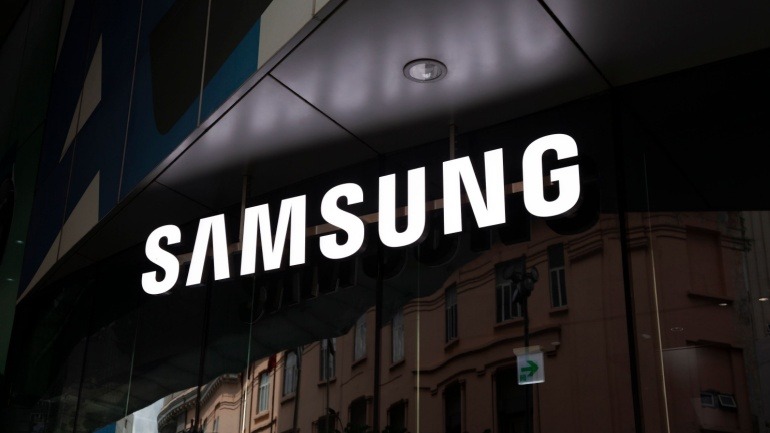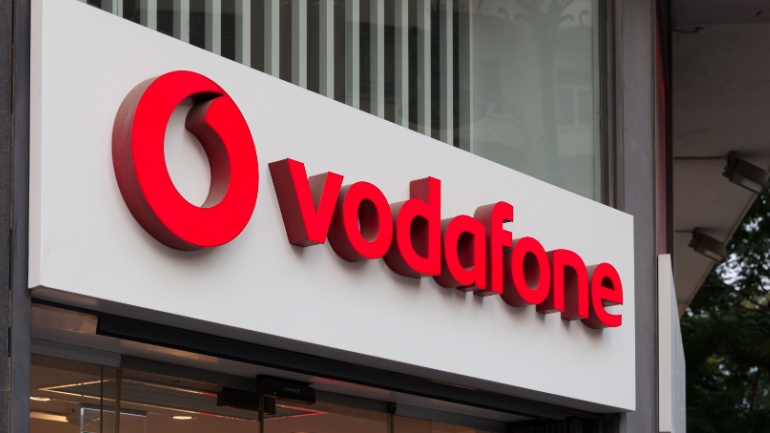Sprint announced that 5G PCs will be available to buy in their stores next year. Those computers will be built around Intel’s chips. The operator won’t be the only one to offer 5G PCs as Acer and Asus also recently declared their plan to produce 5G Intel-based computers. With Microsoft, Dell, HP and Lenovo having already announced their plan to launch 5G laptops, the market will see a total of six companies battling for this new segment, until others tech companies come out with their own project. Intel has fought hard for this, as the company met difficulties competing with Qualcomm in implementing its chips in connected devices, especially in 4G PCs that are supposed to be available in stores this year with Snapdragon chips inside.
The smartphone’s market shrank of 0.1% last year, and for this year, IDC (International Data Corporation) is expecting the same lack of growth. This is why the entire industry is waiting for the 5G technology to help the market go back to its former glory. The last year showing a significant growth was 2016 with a 2.5% progress. With the availability of 5G network and smartphones, tech companies expect to go back to 2016 figures in 2022. But the smartphone industry needs to solve some issues as the way 5G radio waves work can have an impact on the quality of the call and daily use of the device. As Dan Jones from Light Reading explains, it could be a similar problem to what happened with the “antennagate” on iPhone 4. Basically, this phenomenon called “human blockage”, impacts quality of the call, as the way someone holds the phone decreases…
The investment required to upgrade a network to support standalone 5G technology is important. JP Morgan think this is the reason why Telecom companies stocks did not do so well last year. There is a serious concern that the investment might not be as effective as expected. The lack of return put an important shade on some valuation for some asian (China, Japan and South Korea) and Australian telecommunications stocks. Those worries could be explained as the daily applications and advantages of 5G technology are yet to be seen and to be invented. James Sullivan,head of Asia ex-Japan equity research at J.P. Morgan explained “It’s not really about faster download speeds,” he said. “It’s about internet of things, autonomous vehicles and things of that nature for which no one understands a monetization case for networks yet.” 5G will not only be customer centered but also will help companies in processing…
That’s what researchers at CCS Insight believe. According to their report, China and the United States will lead the way in deploying the next generation of mobile technology. Commercial deployments of 5G in the U.S. are expected as soon as the end of 2018. CCS Insight’s forecast of an initial U.S. lead corroborates with a report from the GSMA at the end of March 2018, but the firms appear to disagree on the rest of their rankings for the period prior to 2025. In the GSMA’s report, by 2025, China falls to fourth place with 25 percent of mobile connections being 5G. The United States takes the lead with 49 percent, followed by Japan (45 percent) and Europe (31 percent). IN 2025, MOBILE BROADBAND IS STILL PREDICTED TO REPRESENT 98% OF ALL 5G CONNECTIONS “The industry might be struggling to establish the business models for investment in 5G, but this isn’t stopping leading…
Explore the dynamic evolution within the Orange ecosystem, particularly the strategic shifts involving MásOrange ownership and Altice France. As key players redefine telecommunications through advanced technologies like 5G and open RAN, the focus remains on market resilience. Stay updated as pivotal regions like France shape future VoIP innovations.
Cisco’s recent integration of AI with telecommunications introduces the N9100 series switch, incorporating NVIDIA Spectrum-X technology. This innovation signals a shift in AI-ready data centers, notably enhancing VOIP infrastructure. By leveraging flexible operating models, Cisco empowers enterprises and telecom providers to scale their AI networks efficiently, addressing emerging connectivity challenges.
Telecommunications giants face a pressing challenge: enhancing the customer experience amidst expansive investments in 5G and IoE. Traditional, reactive frameworks fall short, often missing preemptive opportunities. By embracing cognitive edge architecture, providers can transform how VoIP platforms handle IoE signals, leading to predictive, seamless interactions that boost satisfaction.
Jersey Telecom’s partnership with CVC DIF to acquire Manx Telecom signifies a strategic move to bolster resources and spur innovation in the telecommunications industry. This acquisition can enhance service offerings, especially in advanced VoIP technologies and digital infrastructure. Leveraging new capital and expertise might improve connectivity and customer satisfaction.
Samsung and SoftBank have joined forces to pioneer next-generation communications technology research, focusing on 6G and AI-driven Radio Access Networks (RAN). This strategic collaboration aims to revolutionize telecom technology by leveraging Samsung’s research expertise and SoftBank’s network deployment prowess. As the industry progresses towards 6G, integrating AI in telecom systems promises enhanced efficiency, user experience, and network optimization.
Vodafone’s RAN overhaul, leveraging advanced VoIP technologies for 5G services, marks a pivotal shift. By integrating carrier aggregation, AI, and Open RAN, Vodafone aims to enhance network efficiency. Vendors like Ericsson play key roles, highlighting Vodafone’s balanced strategy in the competitive telecommunications market. This digital innovation promises enhanced connectivity.



